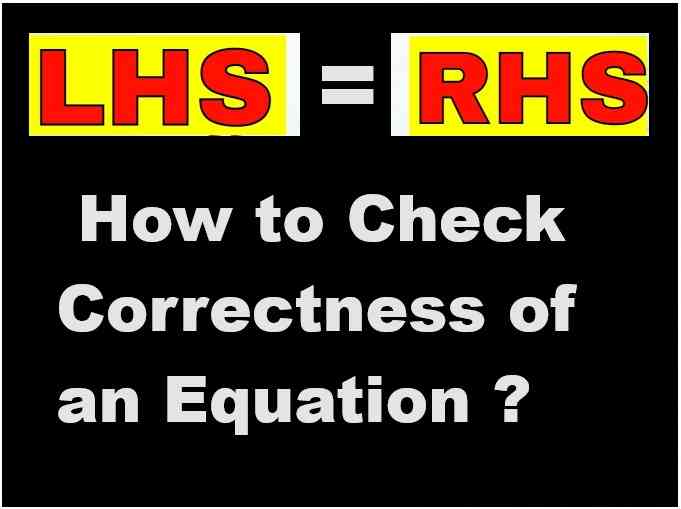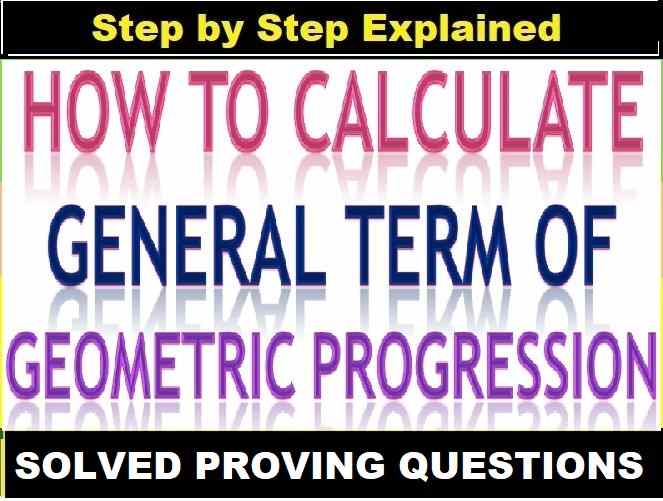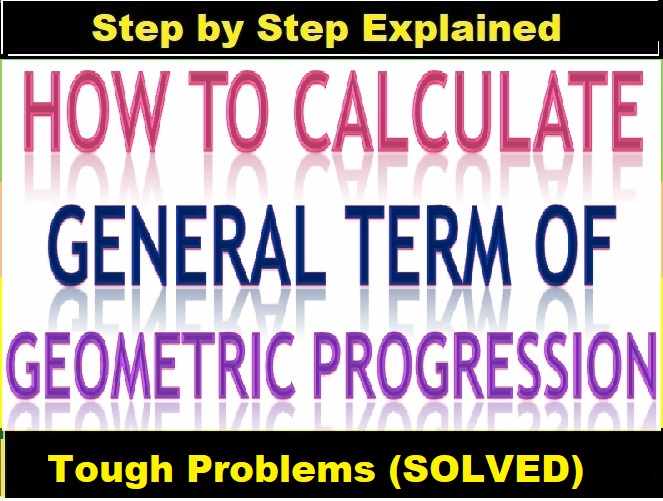Dimensional Analysis Numericals on Correctness of Equation and Finding the Dimensions of Class 11 ISC Nootan Physics Solutions Ch-3. Step by step solutions of Kumar and Mittal Physics of Nageen Prakashan as council latest prescribe guideline for upcoming exam. Visit official Website CISCE for detail information about ISC Board Class-11 Physics.

Dimensional Analysis Numericals on Correctness of Equation and Finding the Dimensions of Class 11 ISC Nootan Physics Solutions
| Board | ISC |
| Class | 11 |
| Subject | Physics |
| Writer | Kumar and Mittal |
| Publication | Nageen Prakashan |
| Chapter-3 | Dimensional Analysis |
| Topics | Numericals on Correctness of Equation and Finding the Dimensions |
| Academic Session | 2024-2025 |
Numericlas on Checking the Correctness of Equation and Finding the Dimensions:
Ch-3 Dimensional Analysis of Class 11 ISC Nootan Physics Solutions Nageen Prakashan
Question-1: Using the method of dimensions, check the correctness of the following equations:
(i) Fs = 1/2mv²- 1/2 mu², where s is the distance moved by a body of mass m acted upon by a force F, u and v being respectively the initial and the final velocities of the body.
Ans-(i) the dimension of force = [MLT^-2]
the dimension of distance = [L]
the dimension of mass =[M]
the dimension of velocity= [LT^-1]
so substitute in the equation,
[MLT^-2] [ L] = [M] [LT^-1]^2 – [M] [ LT^-1]^2
(*fractions have no dimensions)
[ML^2 T^-2] = [ML^2 T^-2] – [ML^2 T^-2]
As both sides the dimensions are same ,this equation is dimensionally correct.
(ii) K=1/2 Iω², where K is the rotational kinetic energy, I is the moment of inertia and ω is the angular velocity of the body rotating about an axis.
Ans-(ii) the dimension of K.E =[ ML^2T^-2]
the dimension of Inertia = [ML^2]
the dimension of Omega= [T^-1]
so substitute in the equation,
[ML^2 T^-2] = [ML^2 ] [T^-1]
[ML^2 T^-2] = [ML^2 T^-1]
As both sides the dimensions are not same ,this equation is dimensionally incorrect.
(iii) Ρ = 3 g / 4 π Re G, where P is the density and Re is the radius of earth.
Ans-(iii) dimension of p = [ML^-3]
dimension of g = [LT^-2]
dimension of r = [L]
dimension of G = [M^-1L^3T^-2]
dimension of p= dimension of {g/r G}
LHS = dimension of p= [ML^-3]
RHS = dimension of {g/r G} = dimension of g/dimension of r × dimension of G
= [LT^-2]/[L][M^-1L^3T^-2]
= [ML^-3]
here, LHS = RHS
expression is dimensionally correct.
(iv) ve = (√2 G me / Re), where ve is the escape velocity from earth whose mass and radius are Me and Re respectively.
Ans-(iv) the dimension of ve =[LT^-1]
the dimension of G = [M^-1L^3T^-2]
the dimension of me= [M]
the dimension of Re = [L]
so substitute in the equation,
[L T^-1] = [M^-1L^3 T^-2 ] [M] / [L]
[L T^-1] = [L^2 T^-2]
As both sides the dimensions are not same ,this equation is dimensionally incorrect.
(v) V = πpr^4/8ηl , where V is the volume of a liquid of coefficient of viscosity η flowing per second through a horizontal capillary tube of radius r and length l having a pressure defference p between its two ends.
Ans-(v) v = volume/time = [L³T¯¹]
p = pressure = force/area = [ML¯¹T¯²]
r = radius = [L]
η = coefficient of viscosity = [ML¯¹T¯¹]
l = length = [L]
LHS = v = [L³T¯¹]
RHS = πPr⁴/8ηl = [ML¯¹T¯²][L⁴]/[ML¯¹T¯¹][L]
= [ML³T¯²]/[MT¯¹]
= [L³T¯¹]
here LHS = RHS
hence relation v = πPr⁴/8ηl, is dimensionally correct.
(vi) v = √F/m, where v is the velocity of a transverse wave in a string of mass per unit length m and stretched under tension F.
Ans-(vi) the dimension of v =[LT^-1]
the dimension of F = [MLT^-2]
the dimension of m per unit length = [M/L]
so substitute in the equation,
LT⁻¹=√{MLT⁻²/(M/L)}
LT⁻¹=√{L²T⁻²}
LT⁻¹=LT⁻¹
L.H.S=R.H.S
expression is dimensionally correct.
(vii) v = √B/p, where u is the velocity of a longitudinal wave in a liquid of bulk modulus of elasticity B and density p.
Ans-(vii) the dimension of v =[LT^-1]
the dimension of B = [ML^-1T^-1]
the dimension of p = [ML^-3]
so substitute in the equation,
LT^-1=√{ML^-1T^-1 / (ML^-3)}
LT^-1 = √L^2 T^-1
As both sides the dimensions are not same ,this equation is dimensionally incorrect.
(viii) λ = h/mv, where λ is the de-Broglie wavelength of a particle of mass m moving with velocity v.
Ans-(viii) Wavelength = h/mv
λ = һ/mv
Where:
h = Planck’s constant
m = mass
v = Velocity
λ = wavelength
To check the equation (De Broglie’s equation) is dimensionally consistent we use square brackets to mean “the dimensions of” where
L, M, T are fundamental quantities of lenght, mass and time respectively.
Therefore,
[wavelength (λ)] = [L]
[h] = [angular momentum] = [L][linear momentum] = [L][M][velocity] =[L][M][L/T]
[v]=[L/T]
So we now have
[L] = [L][M][velocity] / ( [M][velocity] )
which simplifies to [L] = [L]
which means the equation is dimensionally correct.
Question-2: The energy E and the frequency v of a photon are related as E = hv. Write down the dimensions and the unit of the Planck’s constant h.
Answer- E = h × v
∴ h = E/v
Now, Let us finding the Dimension of the Frequency and Energy,
Frequency = 1/Time Period = 1/T = T⁻¹
Energy = Force × Displacement
= Mass × Acceleration × Length
= Mass × Velocity/Time × Length.
= M L T⁻² × L
= M L² T⁻²
∴ Dimension of Planck Constant(h)
= Dimension of Energy/Dimension of Frequency
= (M L² T⁻²) / (T⁻¹)
= M L² T⁻¹
Hence, the Dimension of the Planck Constant is M L² T⁻¹. J s
Question-3: The rate of flow of a liquid through a capillary tube of length l and radius r under a pressure difference p is given by the Poiseuille’s formula V = π p r^4 / 8 η l. Determine the dimensions of the coefficient of viscosity η of the liquid.
Answer- V = π p r^4 / 8 η l
η= π p r^4 / V 8 l
where V is volume rate [L^3 T^-1]
p is the pressure [M L^-1 T^-2]
η is viscosity
L is length
So the dimensional formula of viscosity is
[M L^-1 T^-2] [L^4] / [L^3 T^-1] [L] = [M L^-1 T^-1].
Question-4: The refractive index u of a transparent medium varies with wavelength λ of light as μ = A + (B / λ²), where A and B are constants. Find the dimensional formulae and SI units of A and B.
Answer- According to principle of homogeneity
A is dimensionless
also B/λ² is dimensionless
i.e. B/L^2 is dimensionless
therefore, dimension of B = [L^2].
Question-5: Find the dimensions of the constants a, b, c and d in the relation = a+bt + c/d+t where v is velocity and t is time.
Answer- From principle of homogeneity [a] =[v]
so, [a] = [LT^-1]
[bt] = [v]
so, [b] = [LT^-2]
[d]= [T]
[c] = [d+t] [v]
so,[c] = [L].
Question-6: Find the dimensions of a/b in the relation v = a + bt, where v is velocity, t is time and a and b are constants.
Answer- [a] = [v]
so, [a] = [LT^-1]
[bt] = [v]
[b] = [LT^-2]
Question-7: Find the dimensions of the constant a × b in the relation E= (b-x^2)/at, where E is energy, x is distance and t is time.
Answer-7 [b] and [x^2] = L^2 have same dimensions.
also [a] = [x]^2 / [E] * [t] = [L^2] / (M L^2 T-2)T = [M^-1 T]
a * b = [M^-1 L^2 T].
—: end of Dimensional Analysis Numericals on Correctness of Equation and Finding the Dimensions :—
Return to : – Nootan Solutions for ISC Physics Class-11 Nageen Prakashan
Thanks
Please Share with your friends if helpful


